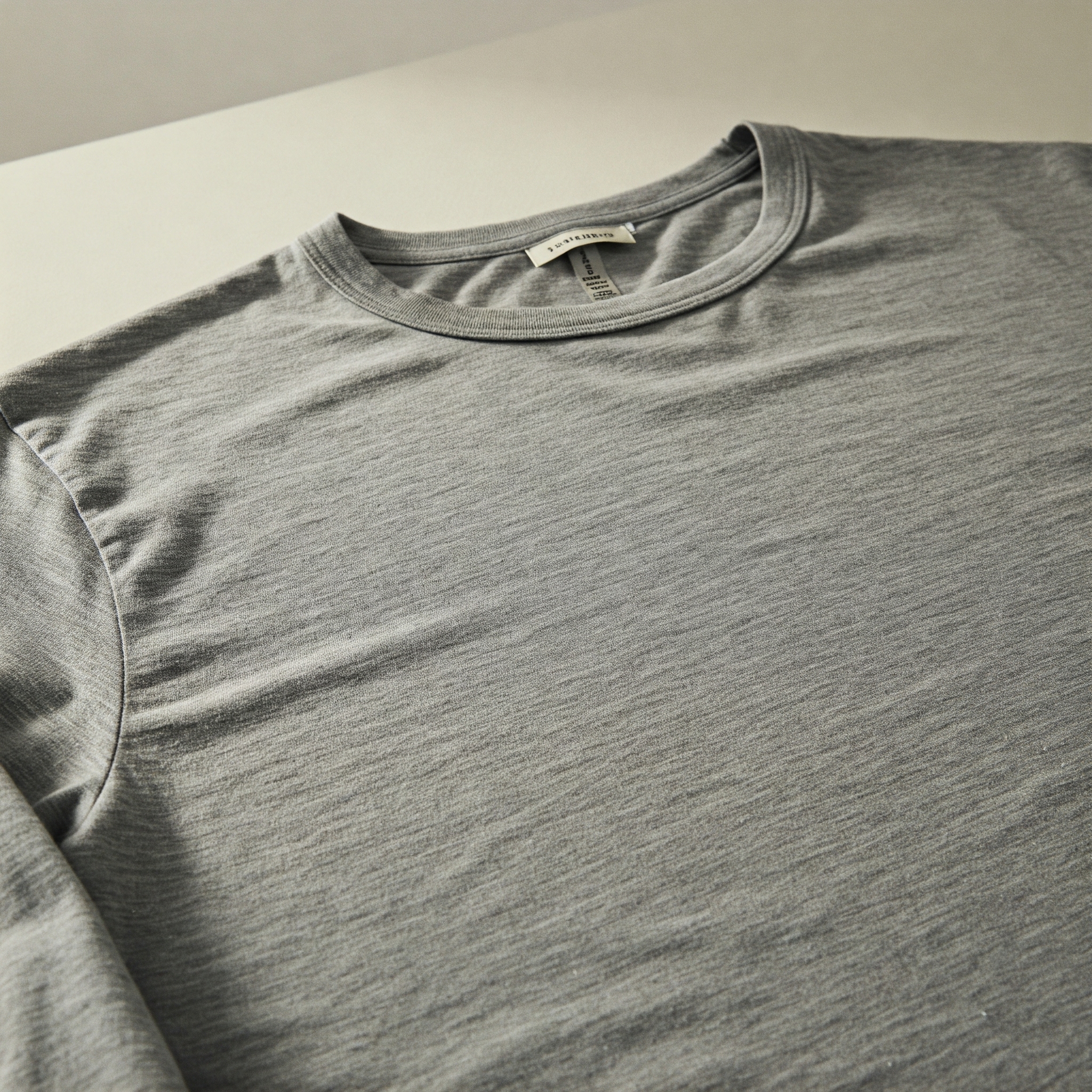The t-shirt. It’s a ubiquitous piece of clothing, found in wardrobes across the globe, transcending age, gender, and socioeconomic status. From its humble beginnings as an undergarment to its current status as a powerful tool for self-expression, a comfortable everyday staple, and even a high-fashion item, the t-shirt’s journey is a fascinating reflection of cultural and historical shifts. To truly understand its enduring appeal, we must delve into its origins, trace its evolution, and explore the myriad ways it has woven itself into the fabric of our lives.
The story of the t-shirt begins in the late 19th and early 20th centuries, emerging from the need for practical and comfortable underclothing. Prior to this, men often wore woolen undershirts that were cumbersome and uncomfortable, particularly in warmer climates or during strenuous labor. The advent of lightweight cotton knit fabrics paved the way for a new kind of undergarment: a short-sleeved, crew-necked shirt without buttons. This simple design was easy to produce, inexpensive, and significantly more comfortable than its predecessors. It was quickly adopted by laborers, particularly in physically demanding jobs like mining and dock work, who appreciated its practicality and ease of movement.
The term “t-shirt” is believed to have entered the American lexicon in the early 20th century. Some accounts suggest it was named for its distinctive “T” shape when laid flat. Others credit the U.S. Navy, which adopted the garment as standard issue undershirts for sailors. These “gob shirts” were not only functional but also provided a layer of warmth in cooler sea air. It was during World War II that the t-shirt began to step out of its role as a purely functional undergarment. American servicemen often wore their undershirts as outerwear in hot climates, and photographs of these rugged individuals sporting plain white t-shirts began to circulate, subtly imbuing the garment with an aura of masculinity and practicality.
The post-war era witnessed the t-shirt’s transition into mainstream fashion. Marlon Brando in “A Streetcar Named Desire” (1951) and James Dean in “Rebel Without a Cause” (1955) famously sported plain white t-shirts, solidifying their image as symbols of youthful rebellion and cool nonchalance. This cinematic portrayal catapulted the t-shirt into the consciousness of a younger generation, eager to emulate their on-screen idols. Suddenly, the simple white tee was no longer just an undergarment; it was a statement.
The 1960s and 1970s marked a significant turning point for the t-shirt as a vehicle for self-expression. The rise of counterculture movements, political activism, and the burgeoning music scene saw the t-shirt transform into a wearable canvas for slogans, band logos, and political messages. Tie-dye, screen printing, and other DIY techniques allowed individuals to personalize their t-shirts, making them unique expressions of their identity and beliefs. Iconic band tees became badges of honor, signifying allegiance to particular musical tribes. Political t-shirts served as walking billboards, broadcasting opinions and sparking conversations.
The evolution continued through the late 20th and early 21st centuries. The t-shirt embraced new fabrics, fits, and designs. From oversized grunge tees to fitted athletic wear, the versatility of the garment expanded. High fashion designers began incorporating t-shirts into their collections, sometimes adorned with intricate embellishments or paired with luxurious fabrics, elevating their status from casual wear to high-end fashion statements.
Today, the t-shirt remains an indispensable part of the global wardrobe. Its appeal lies in its comfort, affordability, and adaptability. It can be dressed up or down, layered or worn on its own. It serves as a blank slate for personal expression, whether through graphic designs, witty slogans, or simply the choice of color and fit. From mass-produced fast fashion to ethically sourced organic cotton tees, the t-shirt caters to a vast spectrum of consumer preferences and values.
Looking ahead, the t-shirt is likely to continue its reign as a wardrobe staple. Innovations in sustainable materials and production methods are addressing environmental concerns, while advancements in printing technology are opening up new possibilities for customization and design. The enduring appeal of the t-shirt lies in its simplicity and its capacity to adapt to changing times, reflecting the cultural, social, and personal narratives of each generation. It is more than just a piece of clothing; it is a cultural artifact, a historical marker, and a testament to the power of simple design.

